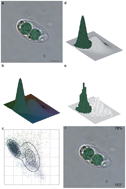 Algae are identified in variety of research fields and used as indicators of water quality. Quantifying and identifying algae is often a laborious task and requires a high level of skill. Although there are several automated techniques now available, commercial developments have been limited. Several software techniques based on imaging have been previously presented, however they’re often limited to only a few algal types, so not applicable to field samples.
Algae are identified in variety of research fields and used as indicators of water quality. Quantifying and identifying algae is often a laborious task and requires a high level of skill. Although there are several automated techniques now available, commercial developments have been limited. Several software techniques based on imaging have been previously presented, however they’re often limited to only a few algal types, so not applicable to field samples.
This paper presents an innovative method which provides real time recognition of multiple algaes. The software uses image segmentation, shape features i.e. contours, centroid spectrum calculations and pigmentation. The set up uses relatively simple hardware and no sample processing or fixation. Coltelli et al tested the method on both cultured strains and field samples with the method correctly identifing 96.6% of 24 different algal phyla from 3423 images.
This article would be of interest to anyone involved in algal identification, whether from lab based cultures or water samples from the field.
Automatic and real time recognition of microalgae by means of pigment and shape
Primo Coltelli, Laura Barsanti, Evangelista, Anna Maria Frassanito, Vincenzo Passarelli and Paolo Gualtieri
DOI: 10.1039/C3EM00160A











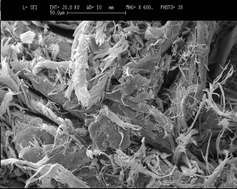
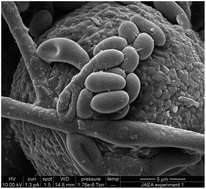
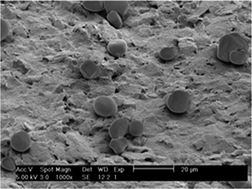
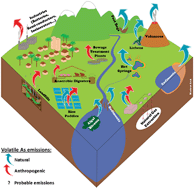
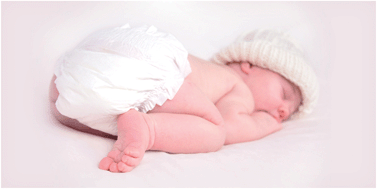
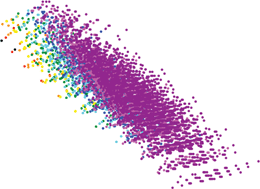
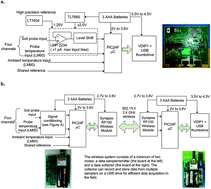
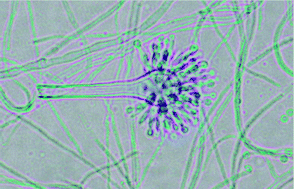 Fungal antigens, e.g. from damp homes, have been linked to a variety of illnesses and allergies. Traditional techniques of identifying them, such as culture based-methods or microscopy, have several drawbacks including not being able to identify fungal fragments and limitations in species classification. Currently available commercial monoclonal antibody-based ELISAs are avilable, however they have not been as successful in fungal identification as they have been in other common indoor allergens.
Fungal antigens, e.g. from damp homes, have been linked to a variety of illnesses and allergies. Traditional techniques of identifying them, such as culture based-methods or microscopy, have several drawbacks including not being able to identify fungal fragments and limitations in species classification. Currently available commercial monoclonal antibody-based ELISAs are avilable, however they have not been as successful in fungal identification as they have been in other common indoor allergens.